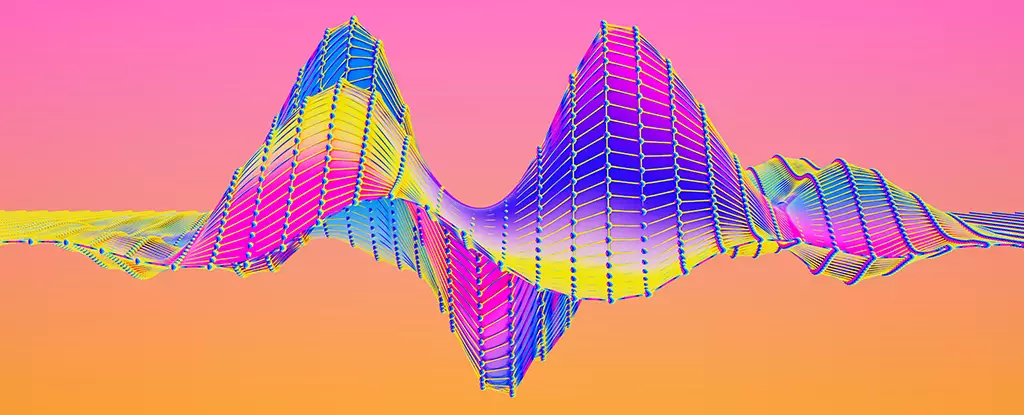Emerging technologies in neuroscience have opened up new possibilities for decoding brain signals and understanding the human mind. In a recent study conducted by researchers from the University of California, Berkeley, a “recognizable version” of Pink Floyd’s hit song Another Brick in the Wall Part 1 was reconstructed based on brain activity patterns. By analyzing neural activity in the brain’s temporal lobe, the researchers were able to gain insights into music perception and develop potential applications for future brain decoding technologies.
Mapping Brain Patterns to Music Elements
The study aimed to investigate how brain patterns could be mapped to different musical elements such as pitch, rhythm, and harmony. The researchers focused on the superior temporal gyrus (STG), a region of the brain associated with auditory processing, to understand its role in perceiving and understanding music. By recruiting 29 volunteers with existing brain electrodes for epilepsy management, the team collected data from a total of 2,668 monitored electrodes while the participants listened to Pink Floyd.
To decode the brain signals and identify the specific song, the researchers employed a regression-based decoding model using machine learning algorithms. This approach involved analyzing correlations between the music played and the neural patterns observed in the brain. Through this iterative learning process, the team successfully reverse-engineered Another Brick in the Wall from the participants’ brain responses. Although the reconstructed track had some distortion, it remained easily recognizable as the original song.
The findings from this study have significant implications for the development of brain-machine interfaces and the potential restoration of music perception for individuals with brain damage. Imagine a future where people who have lost the ability to speak due to conditions such as stroke or neurodegenerative diseases can think the words they want to say and hear the pitch, tone, and lyrical flow of those words in their minds. The ability to decode brain patterns associated with music could contribute to the development of a broader auditory decoder that incorporates speech prosody. This decoder could rely on a small number of well-located electrodes, making it a promising avenue for future research.
Expanding the Frontiers of Neuroscience
The study conducted by the University of California, Berkeley, represents a significant advancement in our understanding of music perception and its neural correlates. By deciphering brain signals and reconstructing a well-known song, researchers demonstrated the potential of combining neuroscience and technology to unlock the mysteries of the human mind. The findings have laid the foundation for further exploration of brain decoding applications and advancements in brain-machine interfaces.
The ability to decode brain signals and reconstruct music from neural activity is a remarkable achievement in the field of neuroscience. The study conducted by the University of California, Berkeley, provides valuable insights into music perception and the neural bases of auditory processing. As researchers continue to unravel the complexities of the human brain, the possibilities for brain decoding technologies and their applications are seemingly boundless. From restoring music perception to aiding individuals with speech impairments, these advancements hold the potential to profoundly impact the lives of many. The study represents a crucial step towards understanding the intricate workings of the mind and underscores the importance of ongoing research in this field.


Leave a Reply